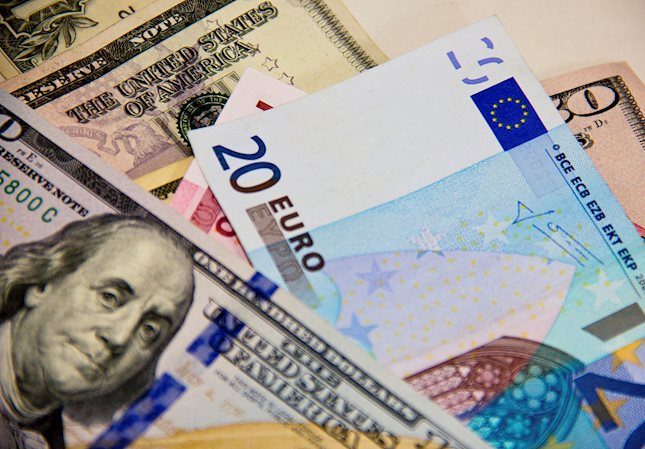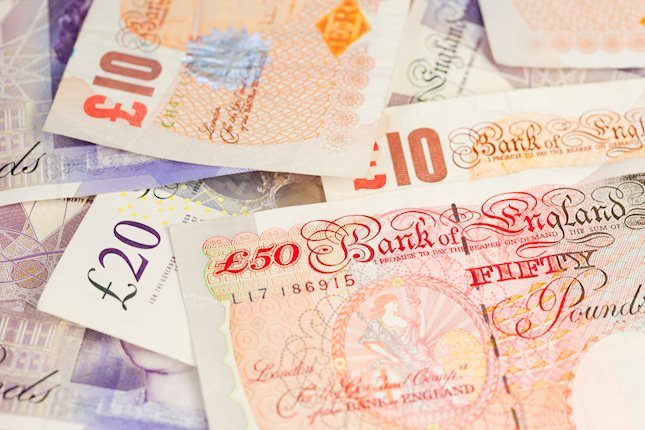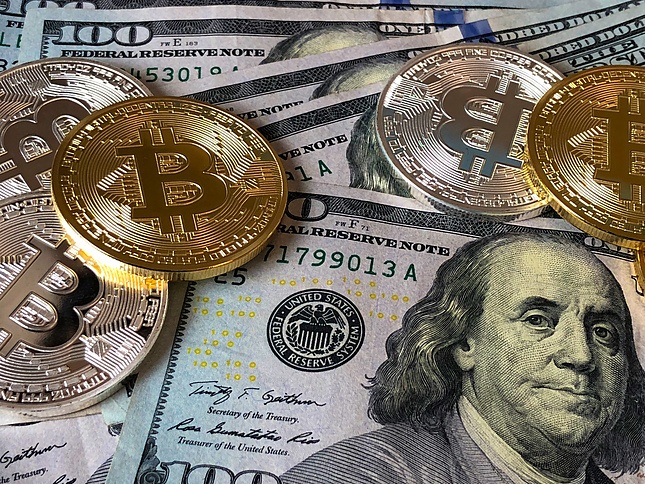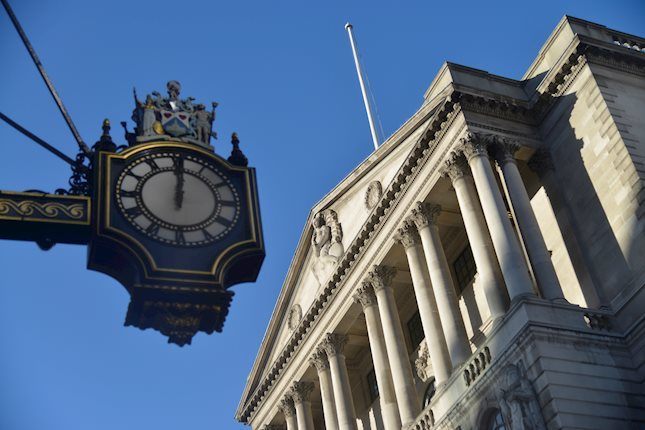- USD/JPY has stretched its recovery to 132.50 as the solid US labor market has backed more rate hikes from the Fed.
- S&P500 futures are holding nominal gains despite escalating tensions between China and Taiwan.
- Ex-BoJ Nakaso is hoping for modification or an end to its bond yield control policy due to increasing side effects.
The USD/JPY pair has extended its recovery after a nominal correction to 132.50 in the Asian session amid hopes of further escalation in interest rates by the Federal Reserve (Fed). The release of the rock-bottom Unemployment Rate in the United States has stemmed fears of the continuation of the rate-hiking spell by the Fed.
S&P500 futures are holding nominal gains in the Asian session despite escalating tensions between China and Taiwan. Taiwan ministry has spotted 58 Chinese aircrafts around Taiwan Island and the continuation of drilling, which could impact the positive market sentiment. The US Dollar Index (DXY) is hopeful of recovery as the solid US labor market has supported one more rate hike from the Fed for its May monetary policy meeting.
A stellar show of decent additions of fresh talent is continued as the US economy added 236K novel jobs, almost near to the expectations of 240K. And, the Unemployment Rate tightened further to 3.5% vs. 3.6% as expected. The US labor market continues to remain tight despite higher rates from the Fed and in a course, higher rates are supportive ahead. An observation of the Fedwatch tool shows chances of one more 25 basis points (bps) rate hike near 66%. Also, the absence of headlines about further banking crises is itself good news for the USD Index.
On the Tokyo front, former Bank of Japan (BoJ) deputy governor Hiroshi Nakaso is hoping for modification or an end to its bond yield control policy due to increasing side-effects such as the hit to financial institutions' profits, reported by Nikkei, passed on by Reuters.
Ex-BoJ Nakaso believes that a huge monetary stimulus by ex-BoJ Haruhiko Kuroda in his leadership to push inflation steadily near the desired target resulted in pain for commercial banks. Therefore, the abolishment of Yield Curve Control (YCC) is important to avoid financial turmoil.
Information on these pages contains forward-looking statements that involve risks and uncertainties. Markets and instruments profiled on this page are for informational purposes only and should not in any way come across as a recommendation to buy or sell in these assets. You should do your own thorough research before making any investment decisions. FXStreet does not in any way guarantee that this information is free from mistakes, errors, or material misstatements. It also does not guarantee that this information is of a timely nature. Investing in Open Markets involves a great deal of risk, including the loss of all or a portion of your investment, as well as emotional distress. All risks, losses and costs associated with investing, including total loss of principal, are your responsibility. The views and opinions expressed in this article are those of the authors and do not necessarily reflect the official policy or position of FXStreet nor its advertisers. The author will not be held responsible for information that is found at the end of links posted on this page.
If not otherwise explicitly mentioned in the body of the article, at the time of writing, the author has no position in any stock mentioned in this article and no business relationship with any company mentioned. The author has not received compensation for writing this article, other than from FXStreet.
FXStreet and the author do not provide personalized recommendations. The author makes no representations as to the accuracy, completeness, or suitability of this information. FXStreet and the author will not be liable for any errors, omissions or any losses, injuries or damages arising from this information and its display or use. Errors and omissions excepted.
The author and FXStreet are not registered investment advisors and nothing in this article is intended to be investment advice.
Recommended content
Editors’ Picks

EUR/USD extends recovery beyond 1.0400 amid Wall Street's turnaround
EUR/USD extends its recovery beyond 1.0400, helped by the better performance of Wall Street and softer-than-anticipated United States PCE inflation. Profit-taking ahead of the winter holidays also takes its toll.

GBP/USD nears 1.2600 on renewed USD weakness
GBP/USD extends its rebound from multi-month lows and approaches 1.2600. The US Dollar stays on the back foot after softer-than-expected PCE inflation data, helping the pair edge higher. Nevertheless, GBP/USD remains on track to end the week in negative territory.

Gold rises above $2,620 as US yields edge lower
Gold extends its daily rebound and trades above $2,620 on Friday. The benchmark 10-year US Treasury bond yield declines toward 4.5% following the PCE inflation data for November, helping XAU/USD stretch higher in the American session.

Bitcoin crashes to $96,000, altcoins bleed: Top trades for sidelined buyers
Bitcoin (BTC) slipped under the $100,000 milestone and touched the $96,000 level briefly on Friday, a sharp decline that has also hit hard prices of other altcoins and particularly meme coins.

Bank of England stays on hold, but a dovish front is building
Bank of England rates were maintained at 4.75% today, in line with expectations. However, the 6-3 vote split sent a moderately dovish signal to markets, prompting some dovish repricing and a weaker pound. We remain more dovish than market pricing for 2025.

Best Forex Brokers with Low Spreads
VERIFIED Low spreads are crucial for reducing trading costs. Explore top Forex brokers offering competitive spreads and high leverage. Compare options for EUR/USD, GBP/USD, USD/JPY, and Gold.